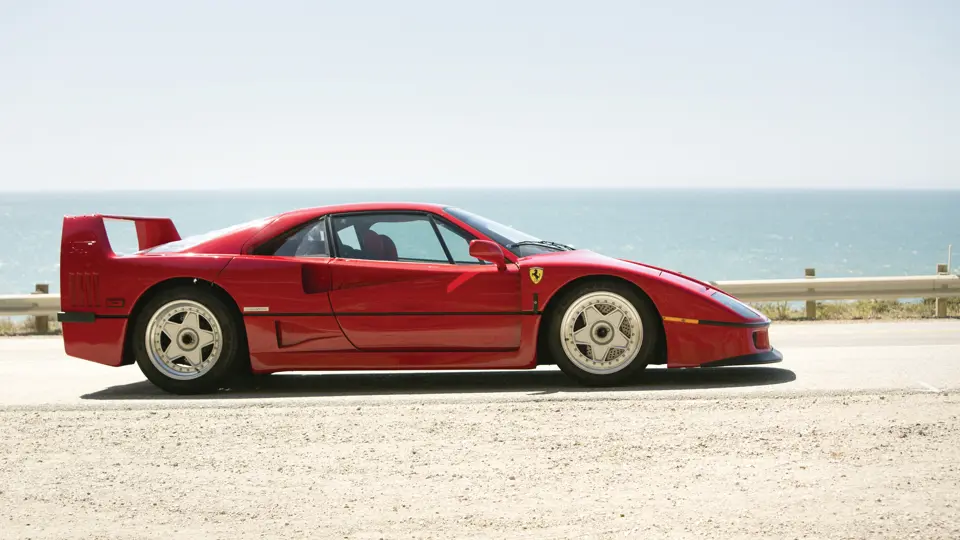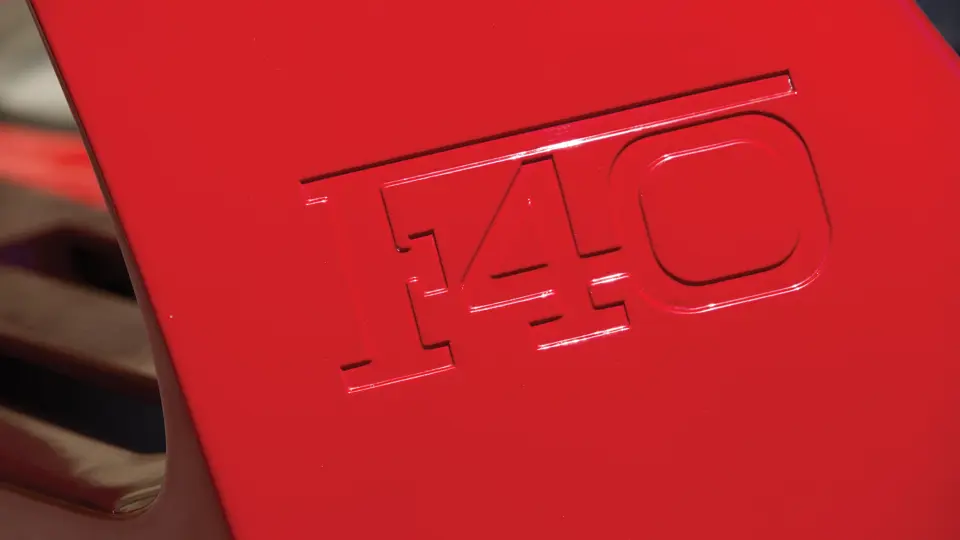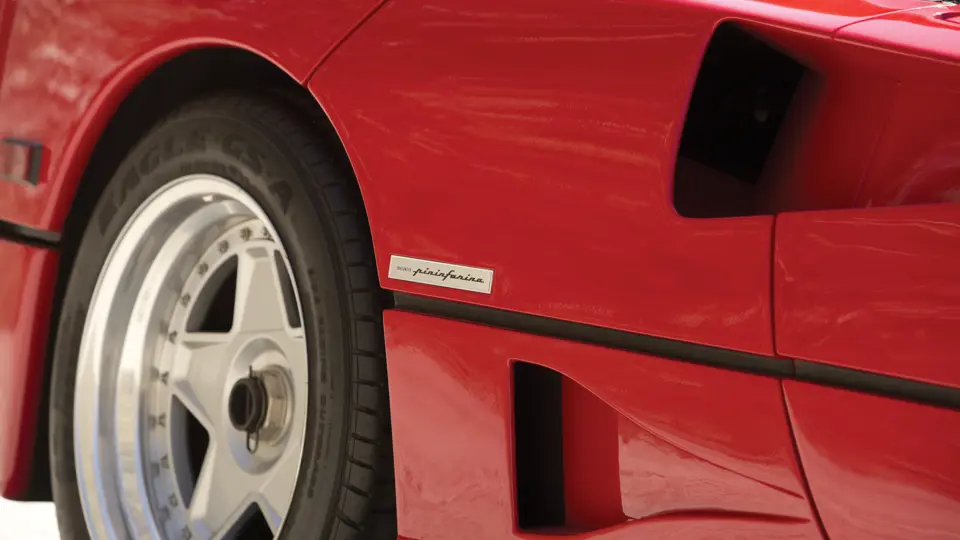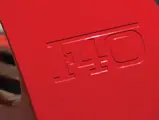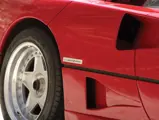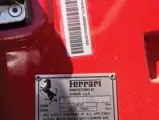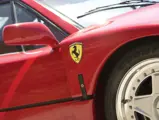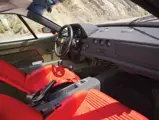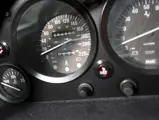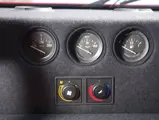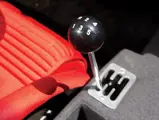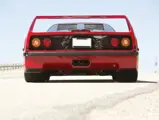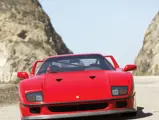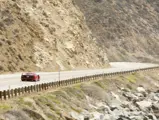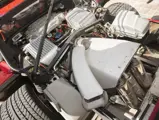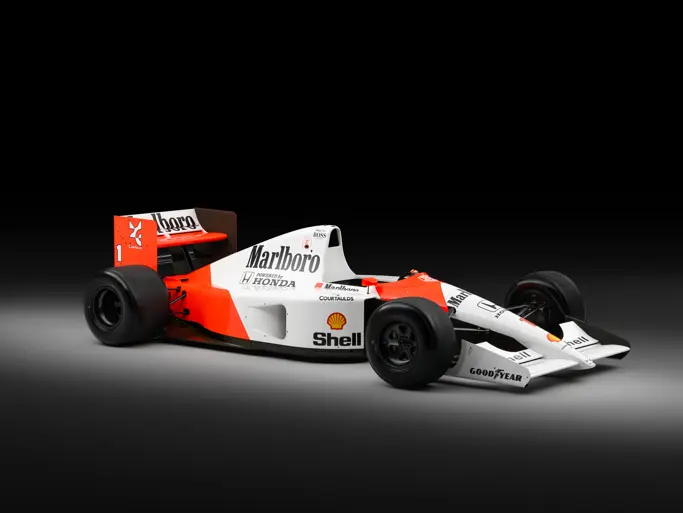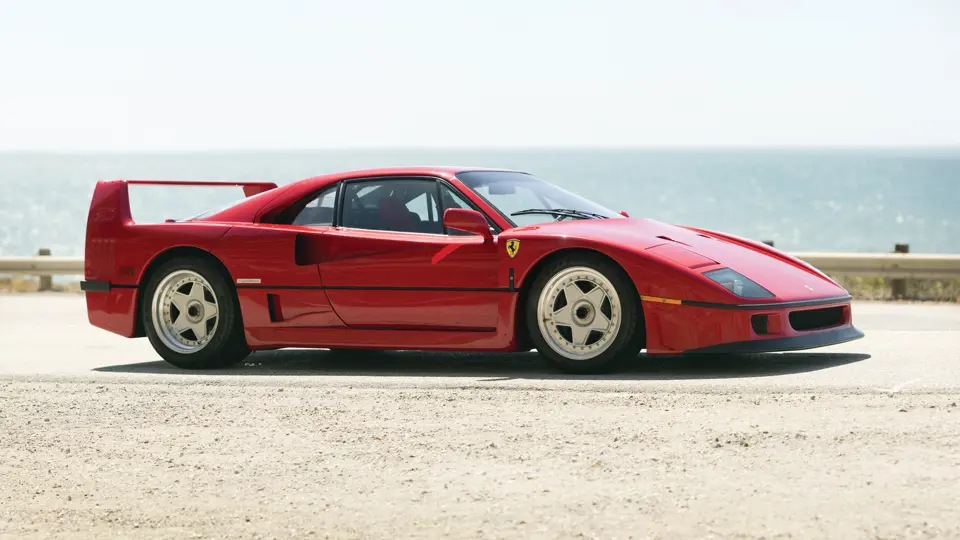
1990 Ferrari F40
{{lr.item.text}}
$1,155,000 USD | Sold
From the Estate of William H. Tilley
{{bidding.lot.reserveStatusFormatted}}
- Offered from the Estate of William H. Tilley
- Ferrari Classiche certified
- Legendary 40th anniversary Ferrari supercar
- Rare factory air conditioning
- Very low mileage example
- Competition exhaust installed
478 bhp, 2,936 cc dual overhead-camshaft twin-turbocharged V-8 engine with Weber-Marelli fuel injection, five-speed manual gearbox, independent front and rear double-wishbone suspension, and four-wheel disc brakes. Wheelbase: 96.5 in.
In the summer of 1986, Enzo Ferrari summoned his research team to discuss plans for his company’s upcoming anniversary, which would celebrate four decades as the world’s preeminent racing-based road car manufacturer. Ferrari’s agenda did not concern the organization of any celebratory event, of course, but, instead, a design brief for a new car, one that would commemorate the occasion with the most technologically realized embodiment of classic Ferrari values: low weight, raw power, no frills, and breathtaking exterior design. It was these very qualities that had led Ferrari to dominance in sports car racing since the 125 S of 1947.
In typical Ferrari fashion, the anniversary car was not conceived as a brand-new model from scratch, but rather an extension and development of a prior proven platform, in this case, the rear-mounted V-8-powered 288 GTO supercar. The 288 was the most definitive and prestigious Ferrari road car of its era, as it was originally built as the homologated production version of a new Group B competition car. An unanticipated change in class rules, however, made the 288 ineligible to race, and it seemingly nullified any chance the competition GTO had of ever seeing the light of day.
In planning the new 40th anniversary car, Ferrari started with the 288, boring out its twin-turbocharged engine to displace almost three liters. The new unit developed 478 horsepower, making it the most powerful engine yet fitted in a Ferrari road car. The track dimensions of the 288’s chassis were then widened, and a fresh steel-tube frame was reinforced with extensive use of carbon fiber, making the platform significantly lighter than its predecessor. The latest racing technologies were applied to the suspension and brake systems, while road car niceties like anti-lock brakes and power steering were happily left by the wayside.
Design of the body fell to Pininfarina, under the direction of the famed Leonardo Fioravanti, who was already well known to the Maranello faithful for his designs of the 365 GTB/4 Daytona and the 365 Berlinetta Boxer. Using their famous wind tunnel, Pininfarina began with a wedge-shaped design and gradually honed it for improved aerodynamic performance. The completed exterior, fashioned from carbon fiber and Kevlar, was an extension of the styling that characterized 1980s sports car design, yet it brought an unmistakable Ferrari gravitas to the style, punctuating it with a huge rear wing. As one of the first production bodies made primarily of composites, the F40 shell amounted to just 11 pieces, which were resin-glued onto the chassis for low weight and additional structural support. NACA ducts and vents dominated the body’s surfacing, channeling cooling airflow to the cabin, brakes, and the engine, which was covered with a louvered Plexiglas fastback, offering a full view of the prodigious V-8.
The car’s interior was no less serious in intent, with extremely minimal amenities and sporty carbon fiber trim contributing to further weight reduction. Air conditioning was one of few interior options, and the spartan cabin featured pull-strap door releases and sliding Plexiglas windows (wind-up units were implemented later in production). The positive results of this weight-shaving strategy were clear in the car’s final curb weight.
The appropriately named F40 debuted at a July 12, 1987, press conference in Maranello just over a year after Ferrari’s first engineering meeting. Rapturously received by the assembled throng of media, the F40 soon established a 0–60 mph time of 3.8 seconds and a top speed of 201 mph, gaining it entry to a rare club of supercars capable of breaking the 200 mph barrier. Built in a limited quantity, the F40 holds a special place not just as one of Ferrari’s best performing and genetically pure cars of all time, but also as a unique link in the company’s chain of premium hypercars and a celebration of the birth of the Maranello legend.
Completing construction in August 1990, this F40 was the 55th example of 213 cars built to United States specifications, and it was fitted with the rare air conditioning option. Although service records indicate that the car was officially delivered on November 17, 1990, little is currently known of the original owner’s identity. In early 1996, the car was offered through Cole Motor Classics, in Burlingame, California, who advertised it with 300 miles of use and the accompaniment of its fitted luggage.
Soon after acquired by Mr. Tilley, the F40 was treated to the company of his fine collection, where it enjoyed an ideal life of maintenance and minimal use. Fast Cars Ltd., in Redondo Beach, California, was retained to look after the Ferrari, and their attention included a new spark plug service and the addition of new intercoolers in November 2011 and the installation of a new clutch in June 2012.
In December 2011, Mr. Tilley further endowed the F40’s desirable provenance by obtaining Ferrari Classiche certification, ensuring that the car has been evaluated as an authentic example by the highest authority. Currently still displaying approximately 2,900 miles, this scantly used F40 has a long shelf life of engine use and chassis wear ahead of it, and it offers its next caretaker the considerable road and track use of which it is capable. The car retains the original factory air conditioning, and it has been fitted with a competition-style Tubi exhaust for improved engine performance. It is also accompanied by tools, luggage, a full set of owner’s manuals, and the Ferrari Classiche binder.
Reported to start strongly and without hesitation, this turnkey F40 can be instantly used as a driving example. As one of the most scintillating Ferrari supercars ever designed and built, the car promises to turn heads in any capacity, and it would be the toast of most shows and events, particularly supercar gatherings and FCA meets. It is a fantastic and highly desirable example of one of the most celebrated Ferrari road cars of all time, and it would easily crown most sports car collections.
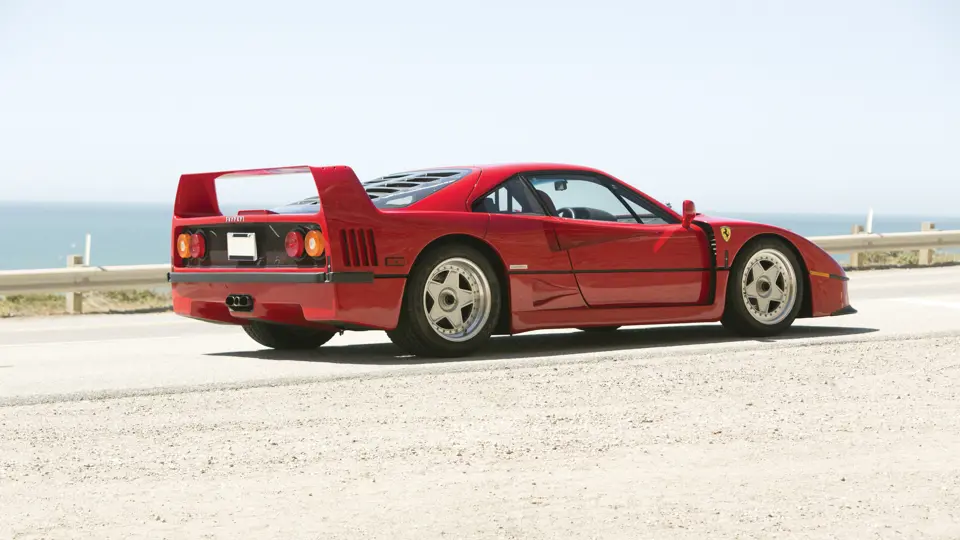




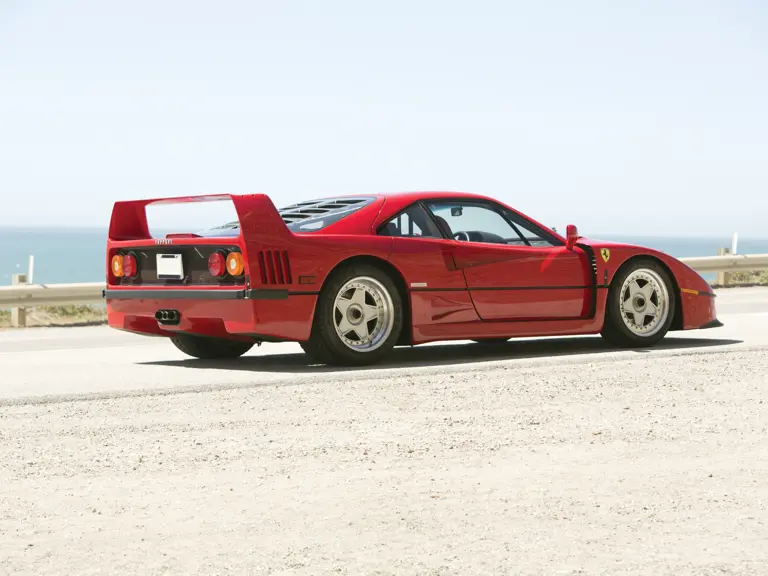
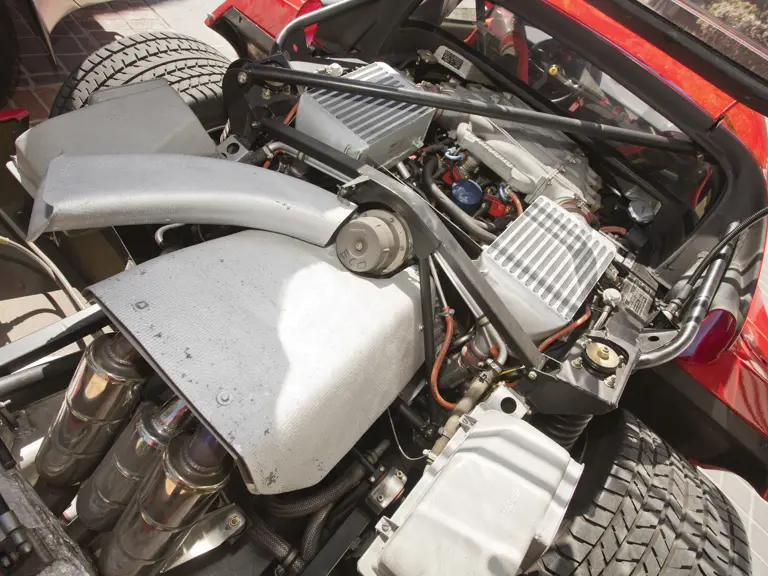
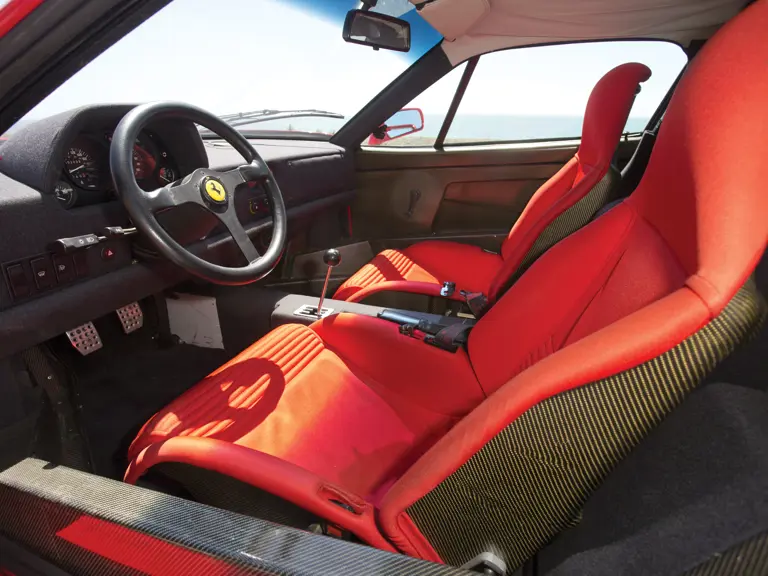
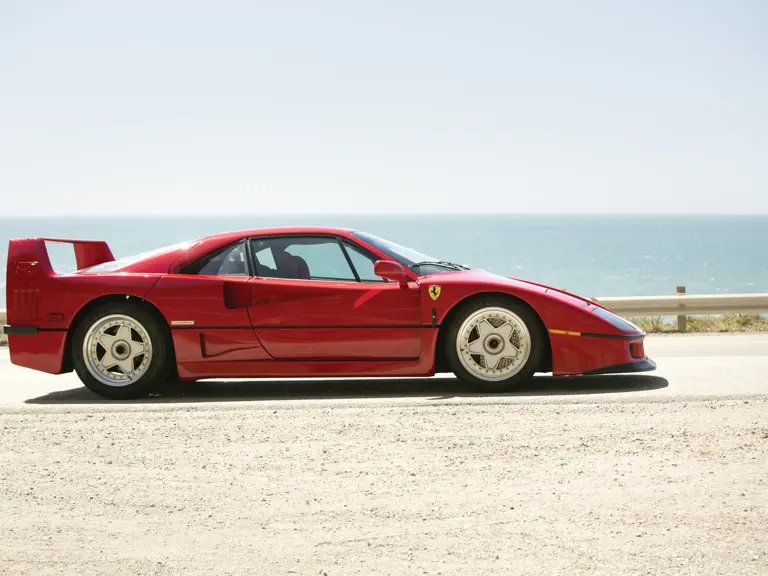
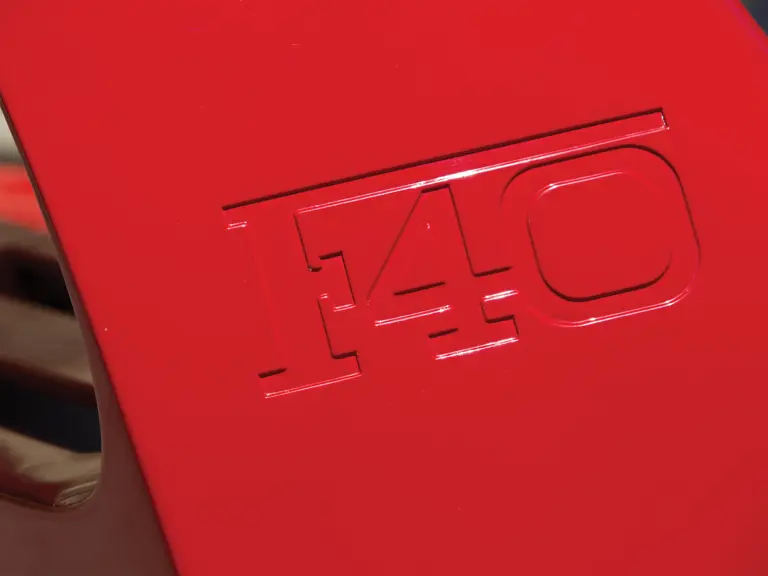
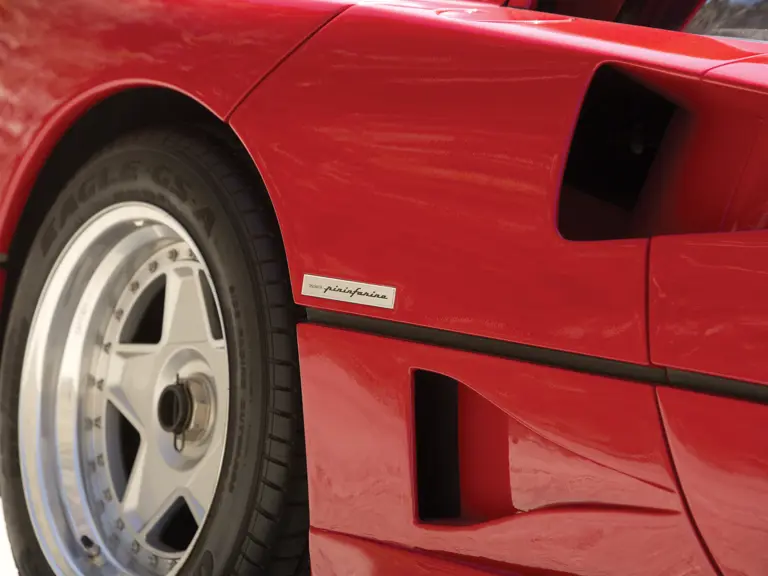
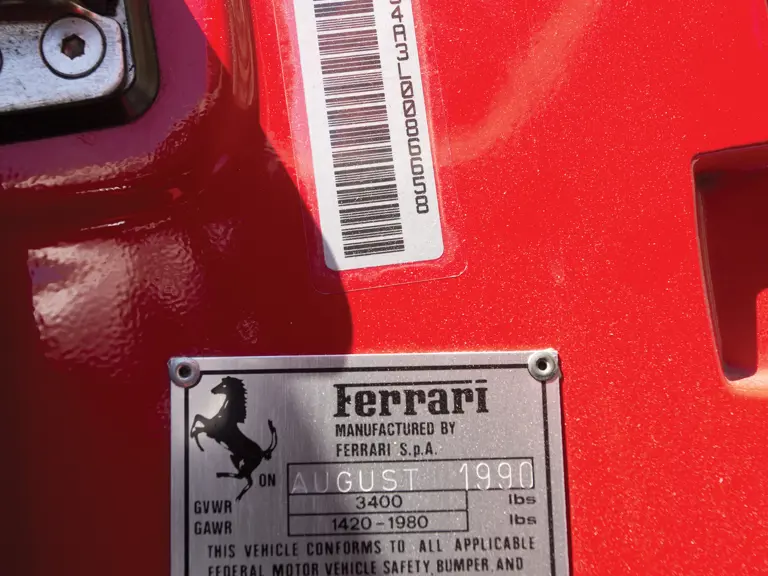
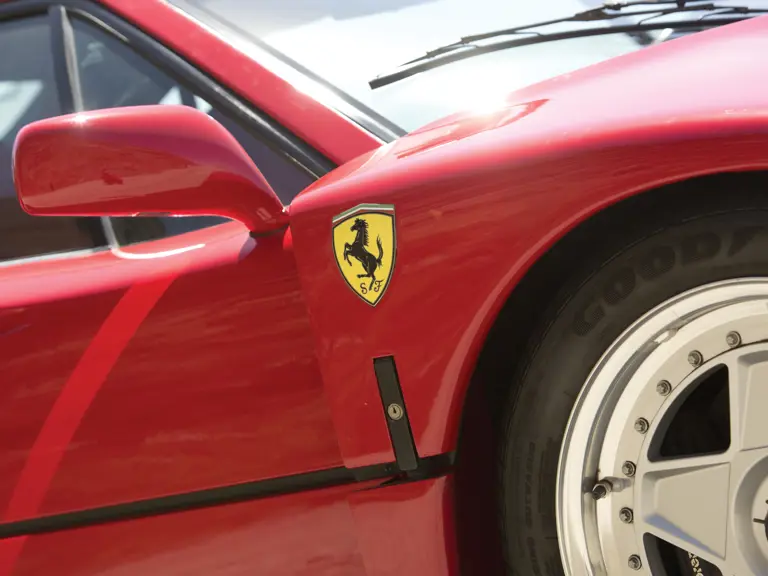
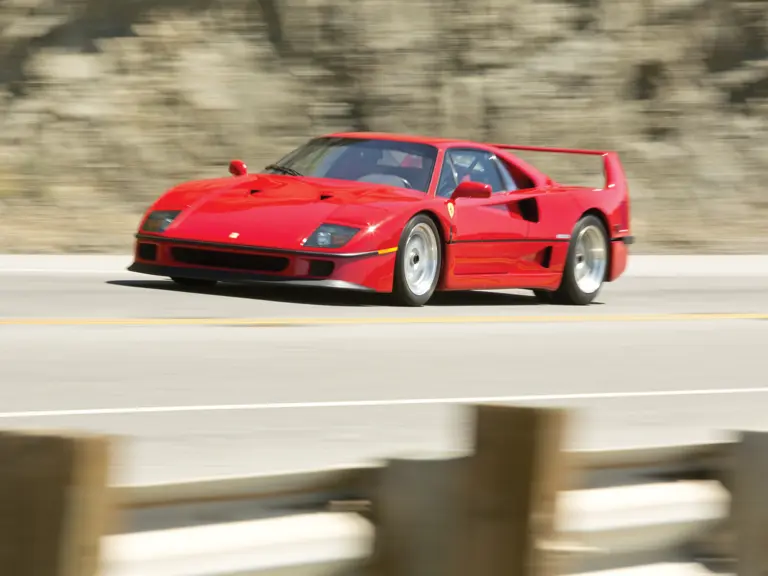

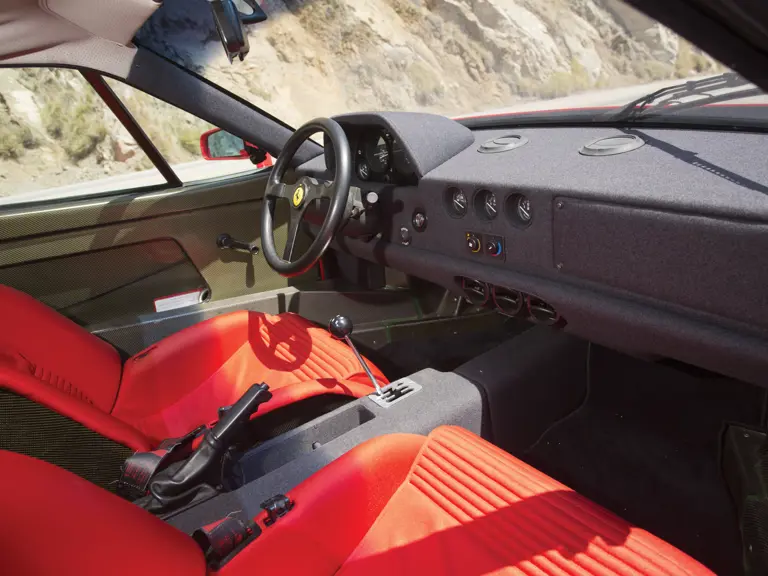
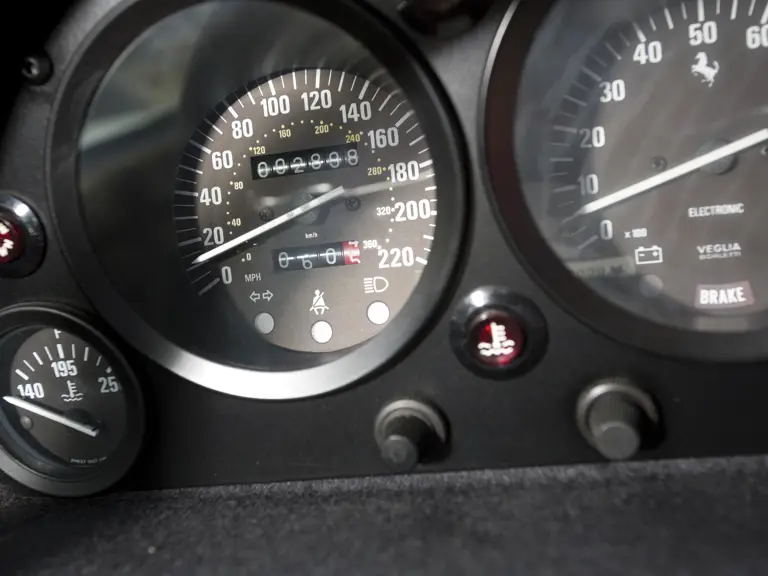
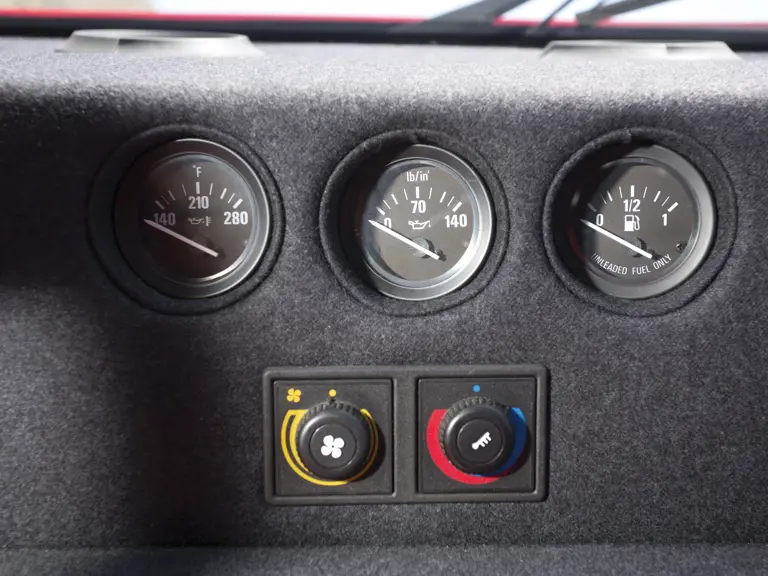
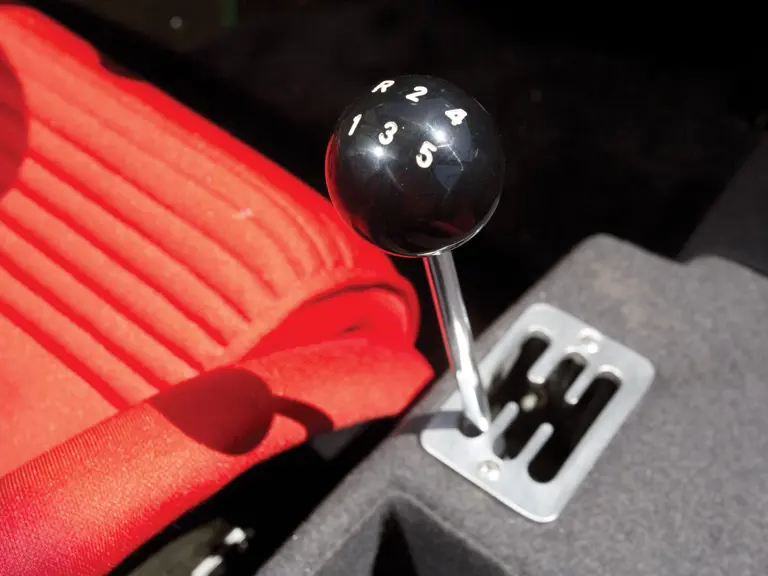
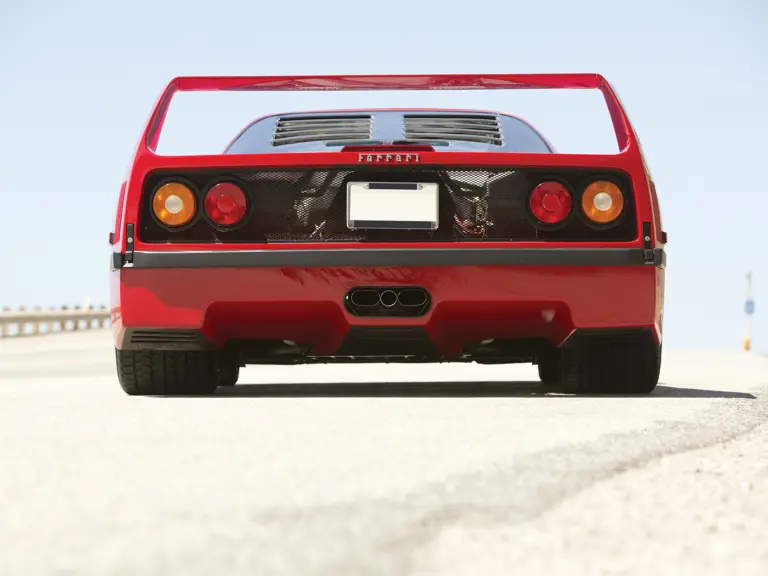
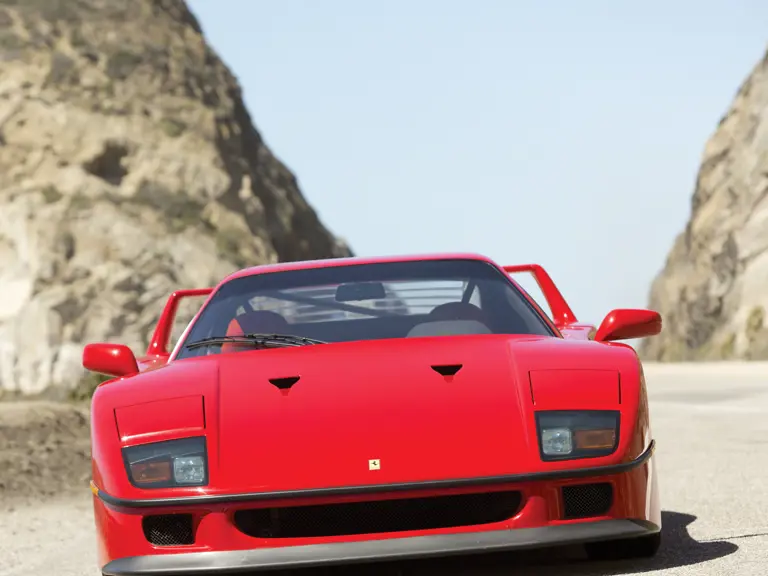

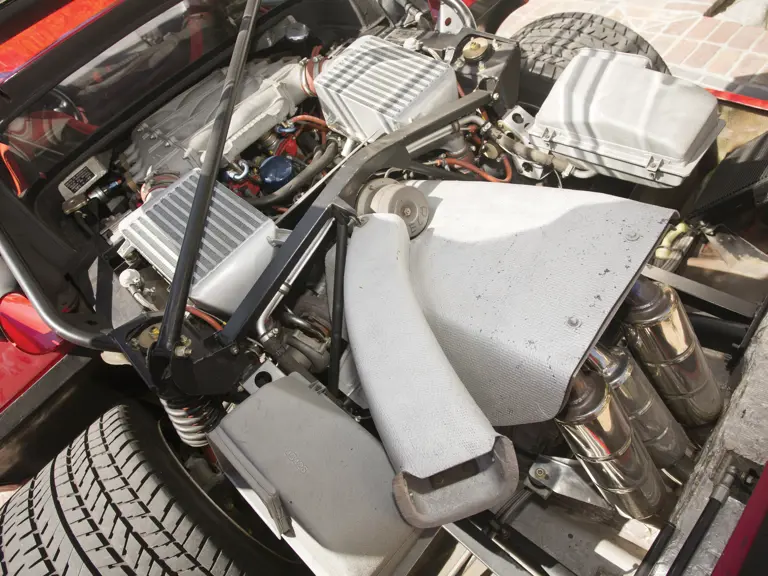
 | Monterey, California
| Monterey, California
